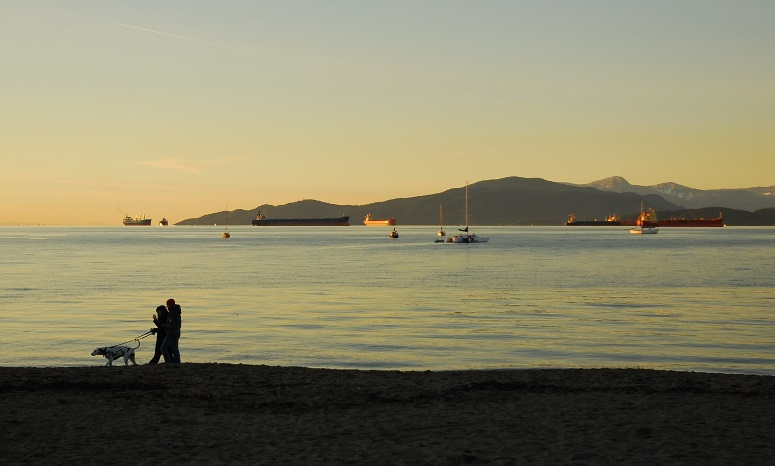
On June 20, the federal government unveiled a wide-ranging review of the dramatic weakening of Canada’s environmental laws made in 2012 by our previous administration and affirmed its intention to build stronger, modern environmental safeguards for nature and democracy.
While at first blush, "process to review environmental laws" may not sound like the most exciting news to make environmental headlines, the announcement marks a rare opportunity for Canadians to help shape the laws governing the things they value.
The review is being coordinated between a number of federal departments, including Environment and Climate Change, Natural Resources, Fisheries, Indigenous and Northern Affairs, Transport Canada and Science. It will focus on environmental assessment processes, the much-criticized National Energy Board (currently the regulator responsible for assessing major energy projects like oil pipelines), and “restoring lost protections and introducing modern safeguards to the Fisheries Act and the Navigation Protection Act.”
West Coast was pleased to see a number of our recommendations for the review being followed in the announcement, especially for the review of environmental assessment processes. In a nutshell the review will entail:
- An expert panel to review environmental assessment processes associated with the Canadian Environmental Assessment Act, 2012. The review is expected to commence this September and the Panel must provide its report with recommendations to the Minister of Environment and Climate Change by January 31, 2017. It will include public consultations across Canada, online public access to the information received during the review, consultation with Indigenous people and groups, and a “multi-interest” (aka, multi-stakeholder) advisory body. There is a public comment period on the draft Terms of Reference (TOR) of the panel until July 20, 2016.
- A separate expert panel to review the National Energy Board, and in particular its governance (including composition), mandate, decision-making roles, legislative tools for lifecycle regulation, and how it engages Indigenous peoples and supports public participation in its processes. The review will involve public consultations from September to December 2016 and the panel must submit its report with recommendations to the government by January 31, 2017. As with the environmental assessment review panel, there is a 30-day public comment period on the NEB review panel’s terms of reference.
- An examination by Parliament’s Standing Committee on Fisheries and Oceans and the Standing Committee on Transport, Infrastructure and Communities on amendments to the Fisheries Act and Navigable Waters Protection Act (now Navigation Protection Act). The review will include public consultations in the fall of 2016 and a report and recommendations to Parliament in early 2017.
While the job of rebuilding and strengthening Canada’s environmental laws may seem daunting, much work has already been done in laying the foundation for visionary new laws to protect our environment and allow Canadians to have a say. In March, West Coast published the brief “Scaling up the Fisheries Act: Restoring lost protections and incorporating modern safeguards,” which makes preliminary recommendations for restoring lost protections and incorporating modern safeguards under the Fisheries Act. And in May, 2016, we hosted the Federal Environmental Assessment Reform Summit, at which experts, practitioners and academics gathered from across Canada to discuss, crystallize their thinking, weigh options and seek to find common ground on a next-generation federal environmental assessment law in preparation for the federal review.
And we intend to stay involved in the review throughout. How the government goes about creating environmental protections is key to their strength. Inclusive, comprehensive reviews with meaningful public consultation and nation-to-nation dialogue with Indigenous governments may take more work than burying amendments in omnibus bills, but by drawing on the expertise, community and traditional knowledge, and values of the people affected by its environmental decisions, the government is much more likely to build laws, process and institutions that work.
So stay tuned for more from us about the review, including opportunities for public comment and key recommendations. Because this is shaping up to be a once-in-a-generation chance to build visionary environmental laws and processes, and our collective voices are critical to that conversation.
By Anna Johnston, Staff Counsel